If you’re serious about growing your Instagram audience, you need to check your analytics on a very regular basis.
There are a few ways you can go about tracking your success. Instagram’s native analytics tool, Insights, gives you a basic rundown of the performance of your Instagram content and profile.
But if you want more in-depth data arranged in an easy-to-understand way, you should use a more advanced Instagram analytics tool. Dedicated Instagram analytics tools allow you to track all your metrics and KPIs, assess the potential of your social content, and gain relevant insights to guide your Instagram marketing strategy.
In this article, we list some of the best Instagram analytics tools out there and go over the most important Instagram metrics to track. Let’s dive in!
Instagram analytics tools
1. Instagram Insights
If you have a Business or Creator account on Instagram, then you already have access to Instagram Insights, the free analytics tool built into the Instagram app.
Instagram Insights provides basic information about your account performance, including followers, reach, engagement rates, and some Instagram ads statistics. It also includes information on how well your individual Reels, posts and Stories did. Later in this post, we’ll go into details about how to access specific metrics in Instagram Insights.
While Instagram Insights is a great free tool to view your Instagram analytics, it might not be the best tool to use if you want to track analytics for accounts on different platforms — or if you need in-depth data on ROI (return on investment) and different types of engagement.
Note: If you’re still using a personal account, check out this step-by-step guide to learn how to switch to an Instagram Business account.
2. Hootsuite Analytics
Hootsuite Analytics allows you to track your Instagram analytics in more detail than Instagram Insights.
Here are a few things Hootsuite can do that Insights can’t:
- Show you data from the distant past
- Show you personalized best times to post on Instagram based on reach, engagement, and click-throughs.
- Check the performance of individual posts using your chosen metrics
- Compare the most important metrics over certain time periods to gauge growth over time
- Generate custom reports with
- Rank Instagram comments by positive or negative sentiment
- Monitor how quickly your account responds in customer service conversations.
Here’s a quick video that breaks down how Hootsuite Analytics works.
Start a free trial and see Hootsuite Analytics in action.
3. Hootsuite Impact
Hootsuite Impact takes data tracking and analytics one step further — it breaks down the performance of organic and paid Instagram posts side by side, featuring details like ROI (return on investment). These data points help marketers see, at a glance, whether the money they’re putting into promoting a post is generating conversions.
Hootsuite Impact also features custom suggestions for refining your Instagram content strategy based on your marketing objectives.
Hootsuite Impact is available to all Hootsuite Business and Enterprise plan users. Book a free demo here.
4. Creator Studio
Creator Studio is another native Instagram analytics tool. But it’s not built into the mobile Instagram app—it works on your desktop or laptop.
Creator Studio shows you the same data as Instagram Insights but only for a 7-day timeframe.
One great feature of Creator Studio is the Calendar view that shows you, at a glance, the posts you published on Instagram and when they went live.
If you’re a member of Brands Collabs Manager, you can use Creator Studio to track your brand collaboration metrics. The team at Hootsuite wrote an article on how to use Creator Studio with your Instagram Business or Creator account.
5. Facebook Ads Manager
If you’re running paid ads campaigns on Instagram, you can view your ad analytics on Facebook Ads Manager. In this tool, you’ll see how your posts are performing as well as the cost information for all your paid ads.
While you can get information about your Instagram ads within Instagram Insights, you should also use Facebook Ads Manager as well to thoroughly analyze your costs.
Learn more about Facebook Ads Manager here.
How to see your Instagram analytics
As mentioned earlier, you’ll need a Business or Creator profile to see your Instagram analytics. If you have that, here’s where you can find all your analysis within the Instagram app.
1. Instagram account analytics
- In the app, navigate to your profile.
- Click the menu icon in the top right corner.
- Click Insights
Here, you can see your content overview, including content shared, accounts reached, engagement, and total followers.
In the top menu, you can choose to view these metrics for the last 7 days or 1 month.
2. Instagram post analytics
From the overview screen, scroll down to Content You Shares, and tap the right arrow next to your number of posts.
This will show you a list of all your posts sorted by your preferred metric. The default metric is reach, but you can choose a different one from a long list of metrics, including comments, shares, follows, and more.
You can also choose timeframes from 7 days to 2 years, and filter the results by post type (images, videos, carousel posts, or all posts).
You can also find the analytics for a specific Instagram post by clicking View Insights, which you can find under the post in your feed.
When you click it, a small pop-up box will appear. In it, you’ll be able to see your total likes, comments, saves, shares, profile visits, and reach that post generated.
3. Instagram followers analytics
From the overview analytics screen, scroll down to Your Audience and tap See All. Here, you can see the overview of your follower growth, including data about your audience demographics.
You’ll also find a ton of relevant information, such as your audience’s:
- Gender
- Age range (both overall and broken down by gender)
- Top five locations (city or country)
- Most active times (by day or hour)
The information you get here is also useful when you’re deciding the best times to post on Instagram, as well as refining your social media marketing strategy.
4. Instagram Stories analytics
From the overview screen, scroll down to Content You Shared and tap the right arrow next to your number of Stories.
Just like your post analytics, you can see the reach, impressions, and other metrics for your Stories. You can also see forwards, exits, and other metrics that apply to Stories specifically. You can view your Stories for the last 7 to 30 days.
Check out this Hootsuite article to learn more about how to use your Stories analytics properly.
5. Instagram Live analytics
Instagram’s update in May 2021 introduced Live analytics to the platform. To find your Live Analytics, navigate to the overview analytics screen. Scroll down to Live and tap the right arrow next to the number of your Live streams.
Here, you can find metrics related to your streams, including your peak concurrent viewers, accounts reached, comments, and shares.
6. Instagram Reels analytics
In the May 2021 updates, Instagram also added Reels analytics as part of the Reach breakdown. To find it, click on the right arrow next to Accounts Reached in the overview screen.
Here, you’ll see how your Reel performed compared to other content formats (images, videos, carousels, etc.) over the last 7 to 30 days. You’ll also see a ranking of your top Reels.
To view Reels-specific analytics only, scroll down to Reels in the overview screen, and click the right arrow next to your number of Reels. Here, you’ll find all the performance metrics for your Reels here.
To see how a specific Reel performed, open the Reel from your profile, tap on the three dot icon on the bottom right of the screen, and click Insights.
To learn more, check out this Hootsuite guide to using Reels insights to craft better social content.
How to access Instagram analytics on desktop
If you want to quickly track your Instagram analytics, you can use the methods above on your mobile app. However, if you’re building a social media report, a desktop analytics dashboard will make your job easier
To check your Instagram analytics on your desktop or laptop, use Hootsuite Analytics or Hootsuite Impact.
First, open your Hootsuite dashboard and tap the Analytics icon in the sidebar.
Select your Instagram Overview. If you haven’t connected your Instagram account to Hootsuite already, here’s how to do it.
Select your date range, analyze your metrics, and create the necessary reports.
To learn more about building reports in Hootsuite Analytics, watch this video…
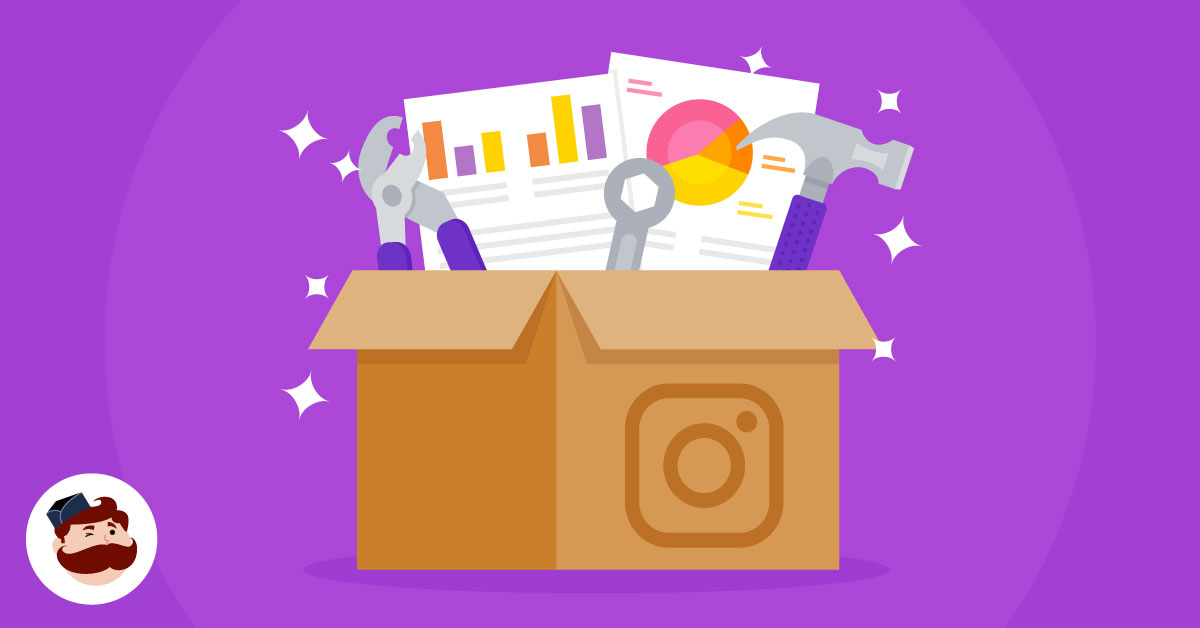
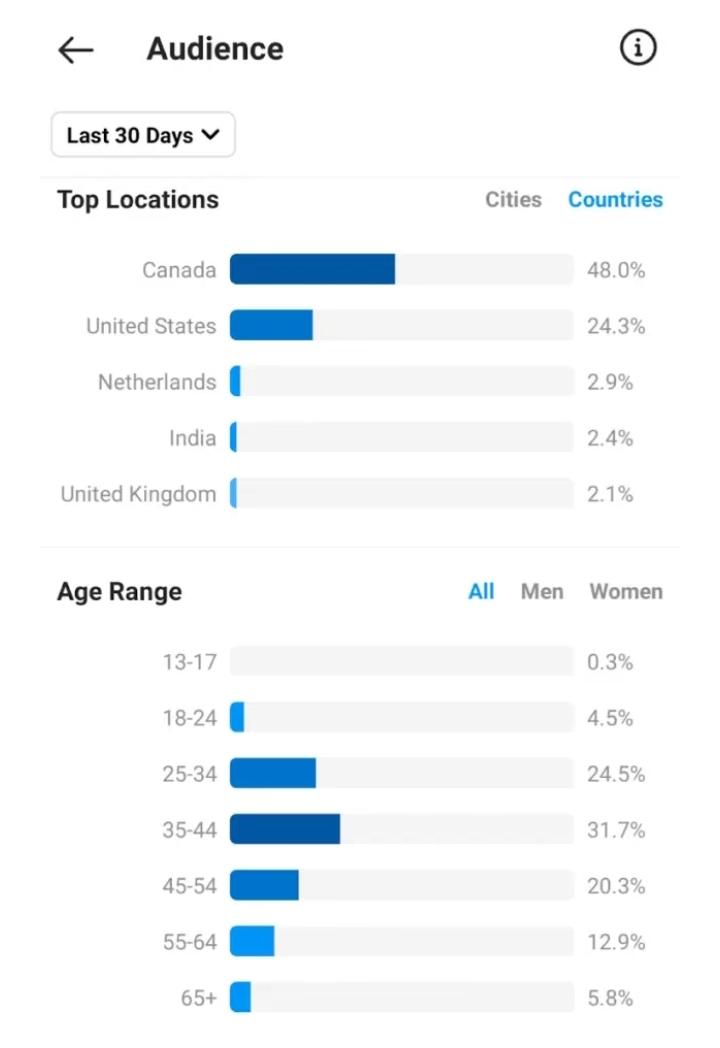
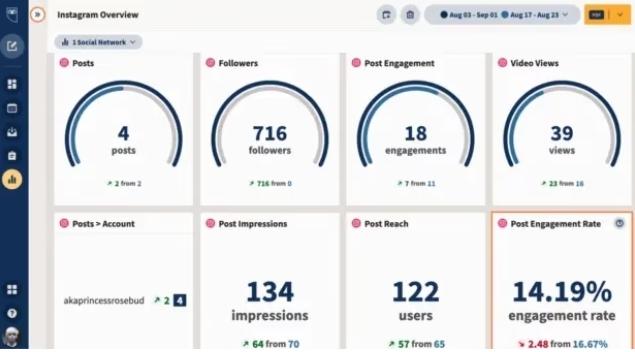
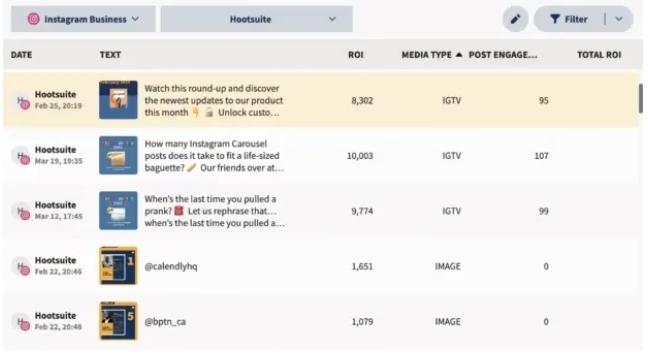
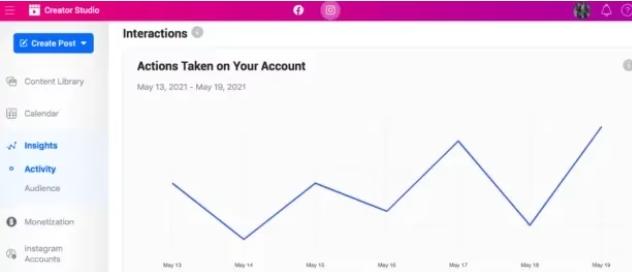
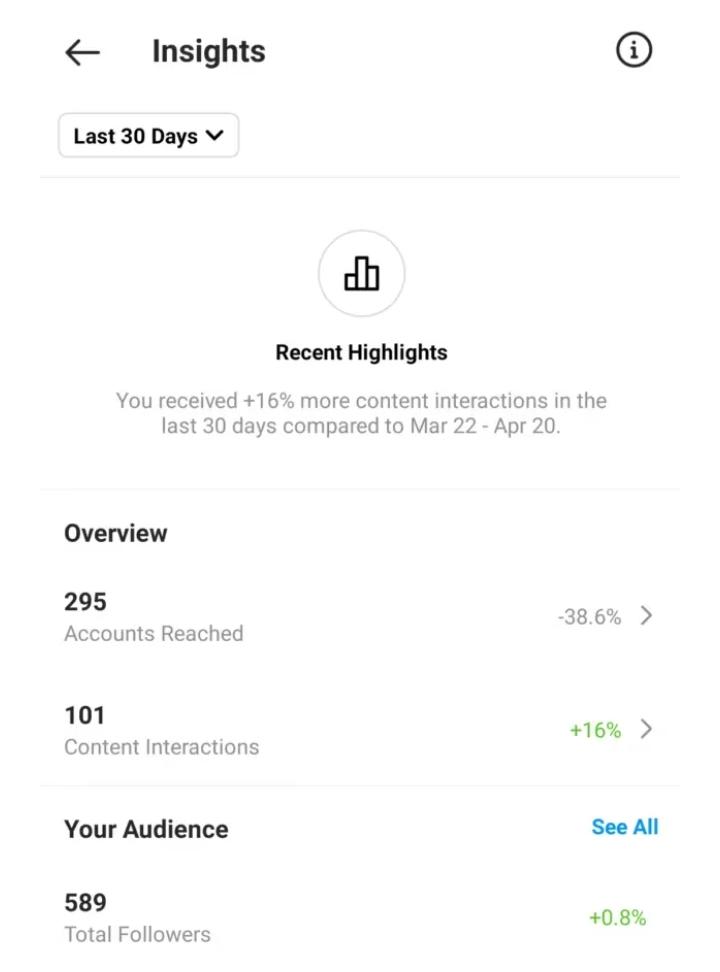
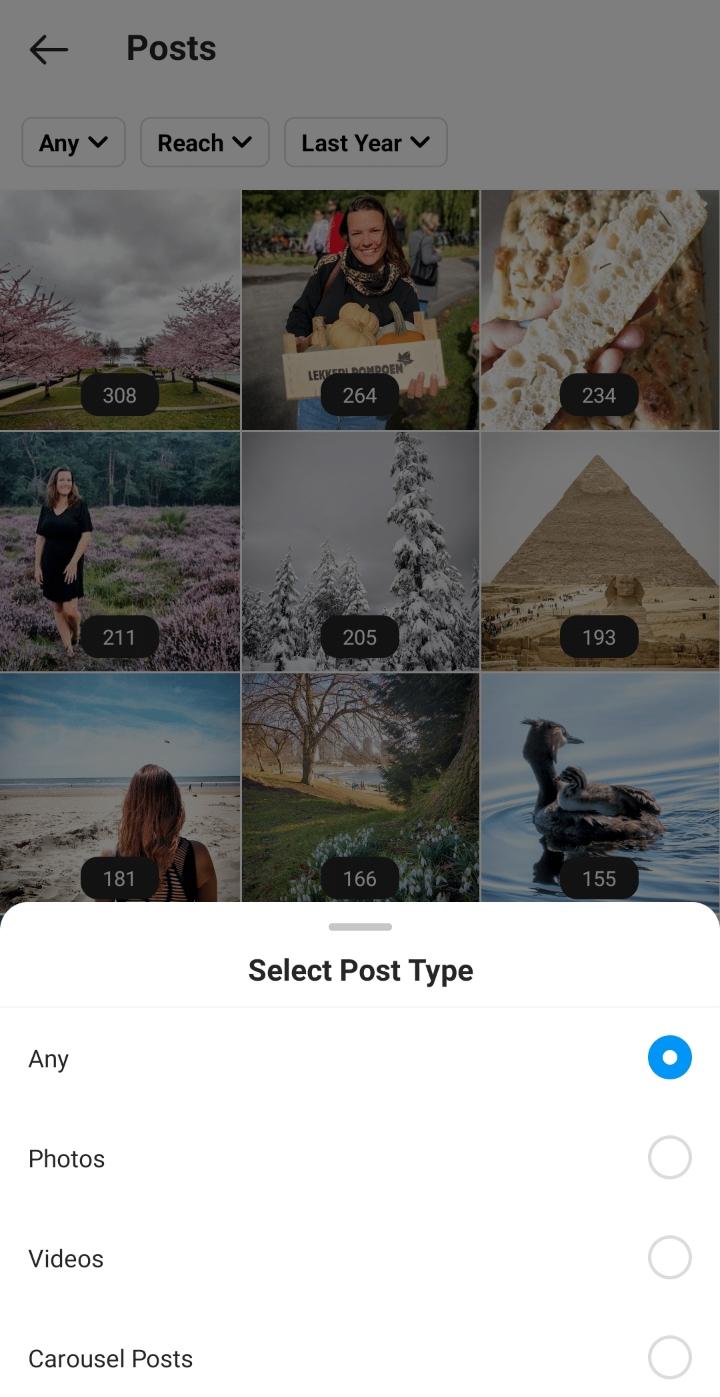

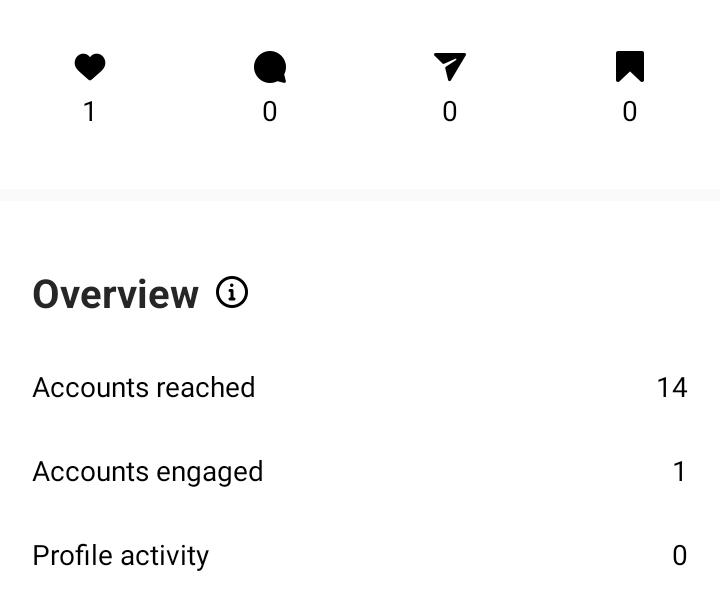
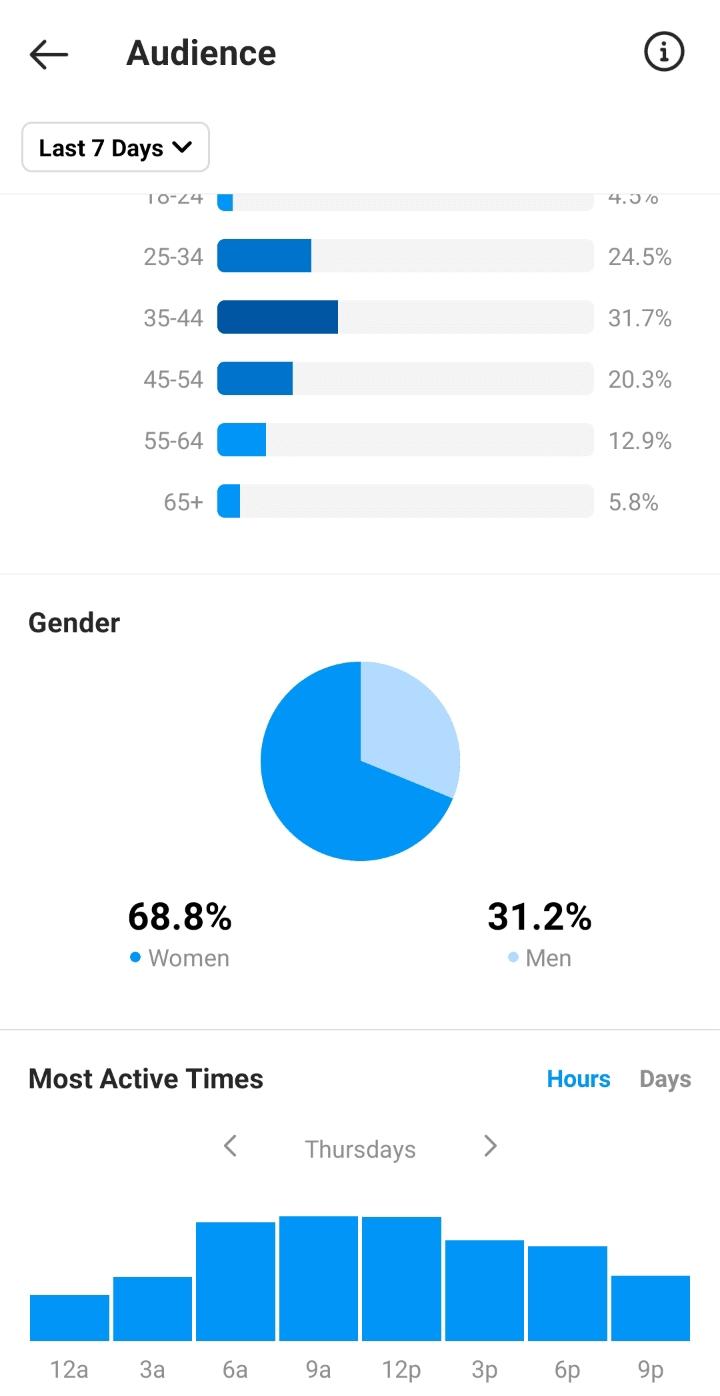
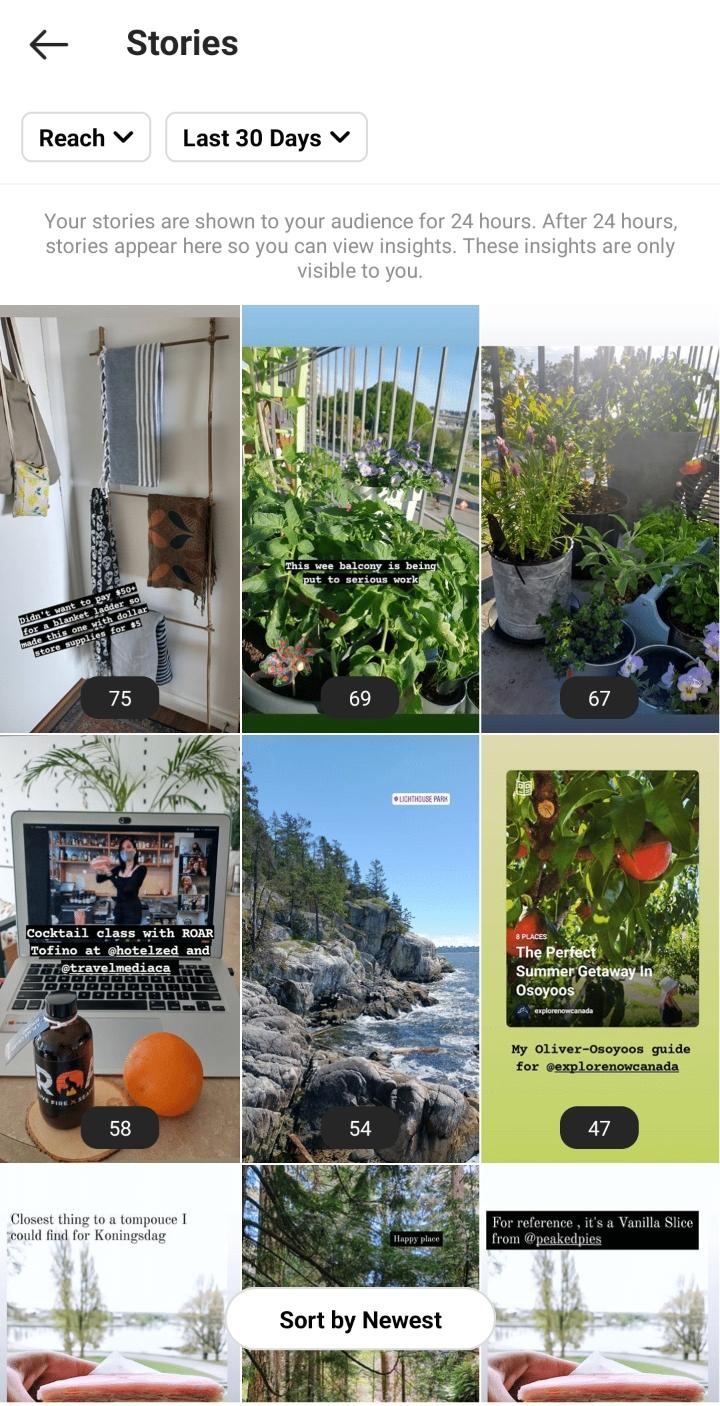


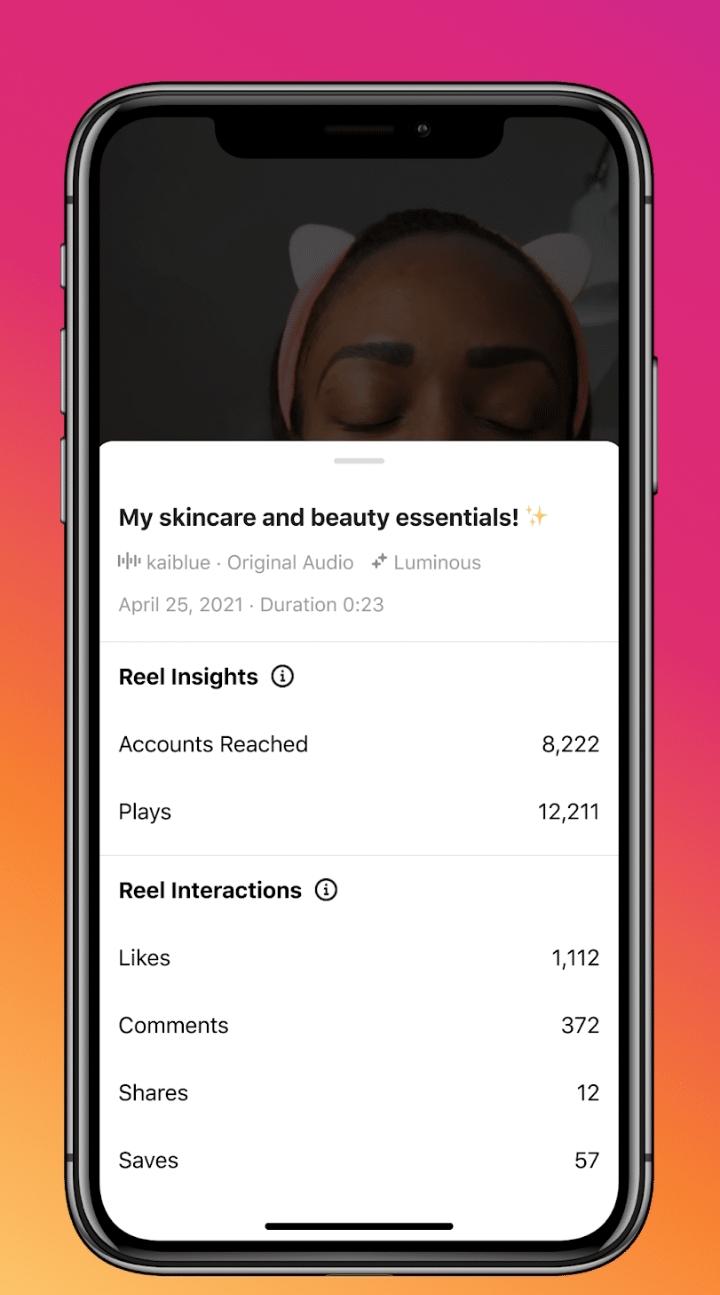
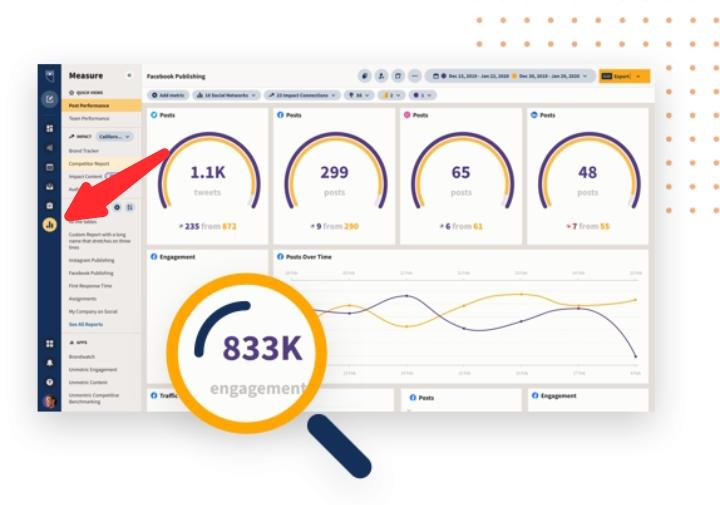
Leave a Reply